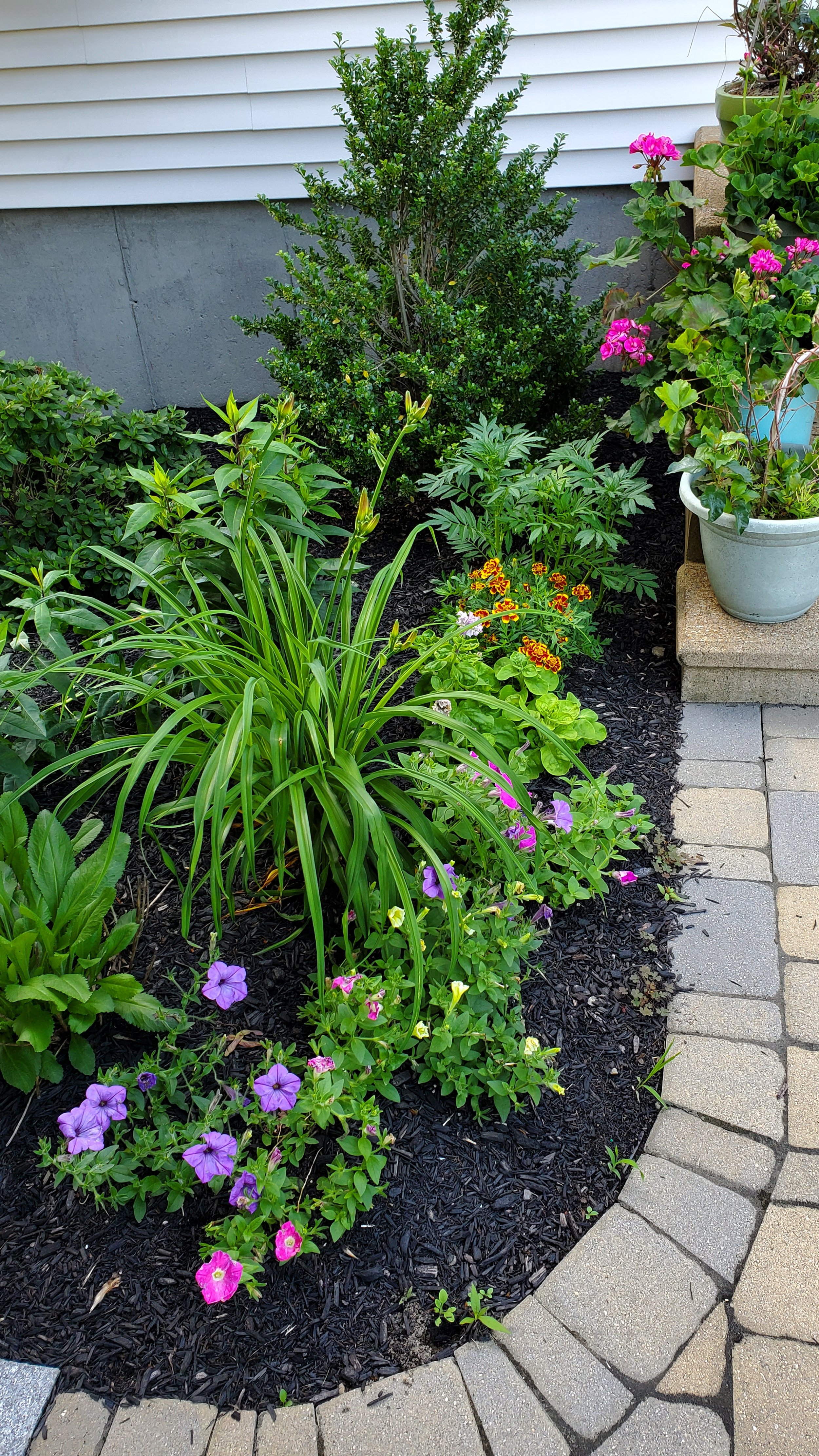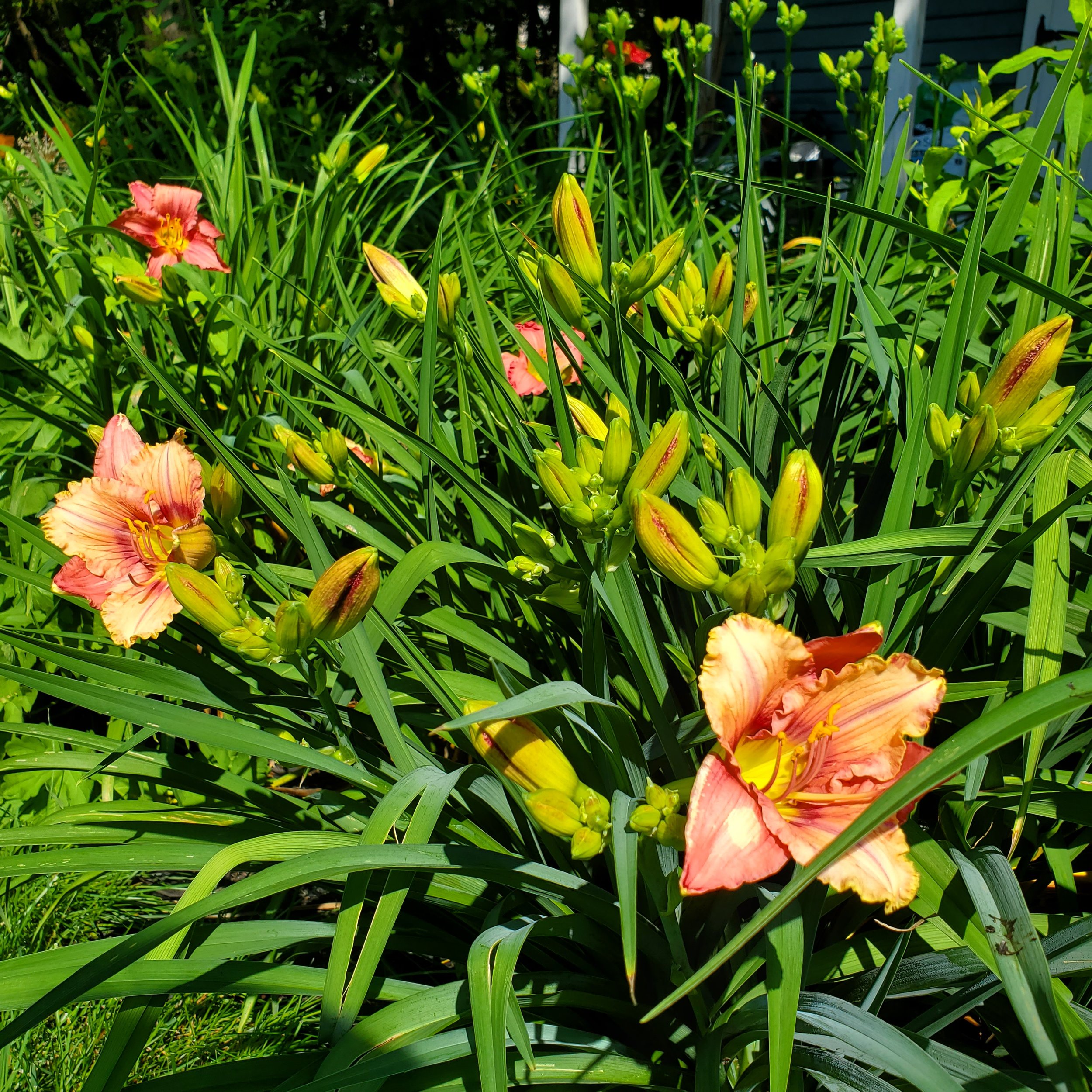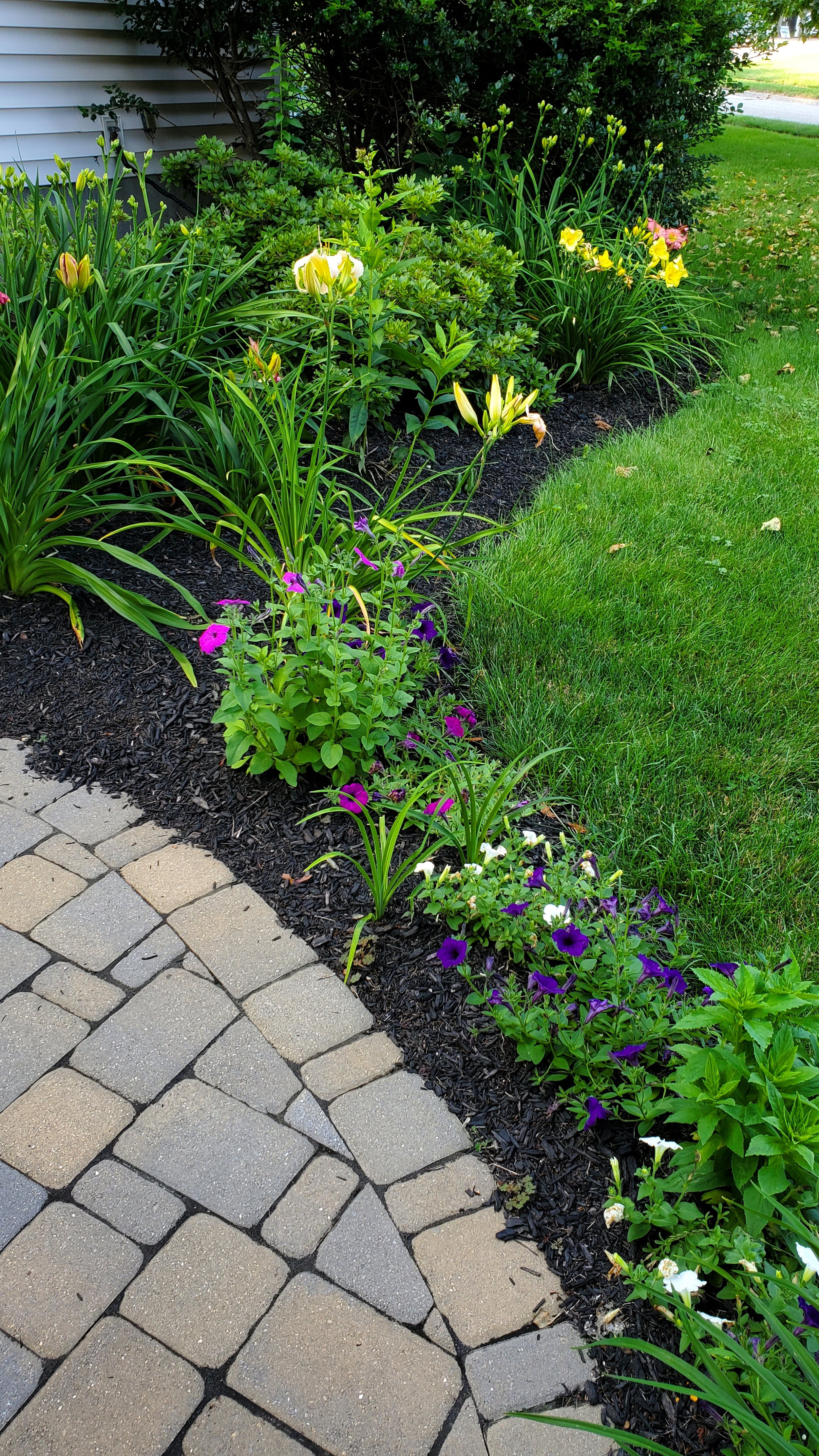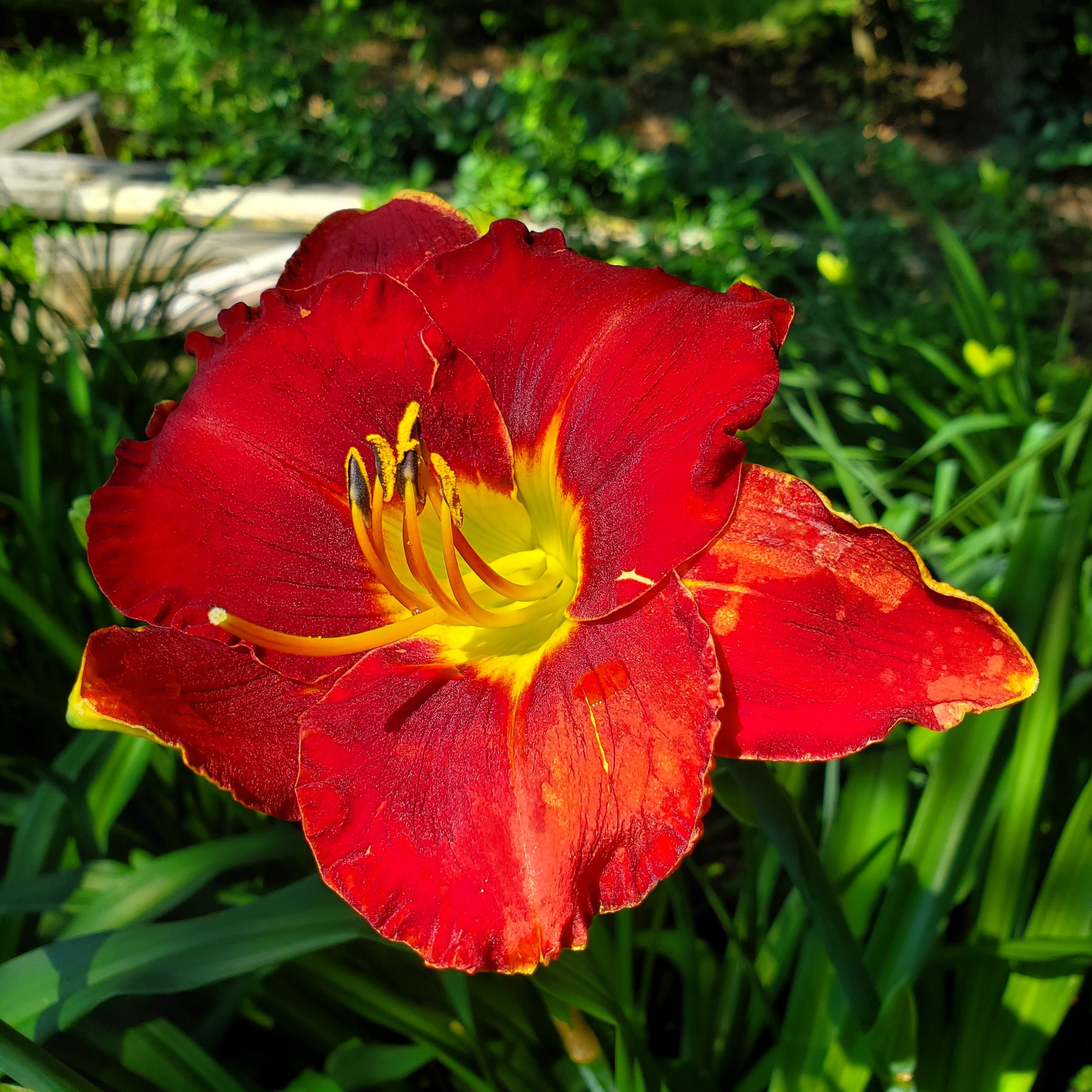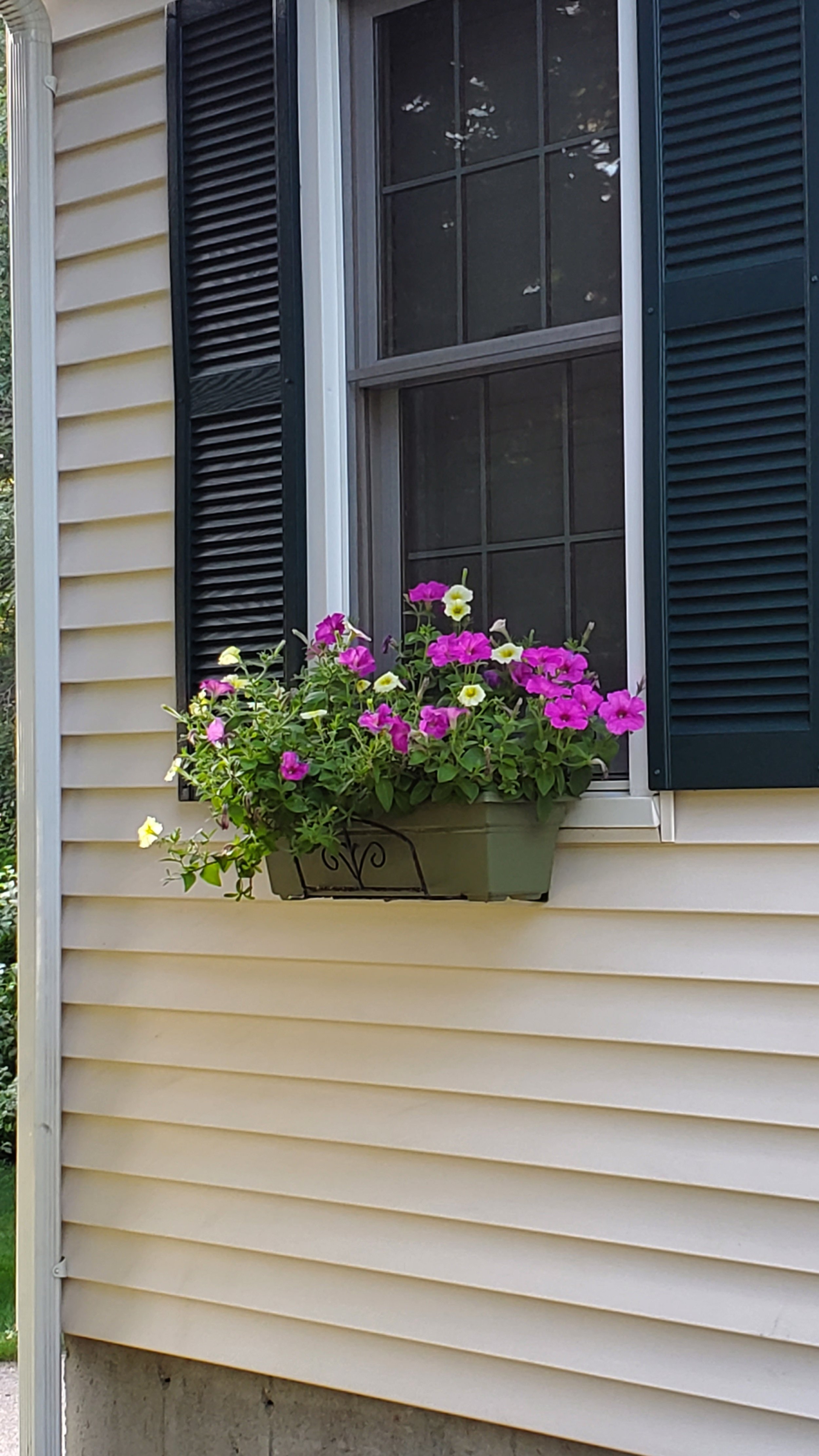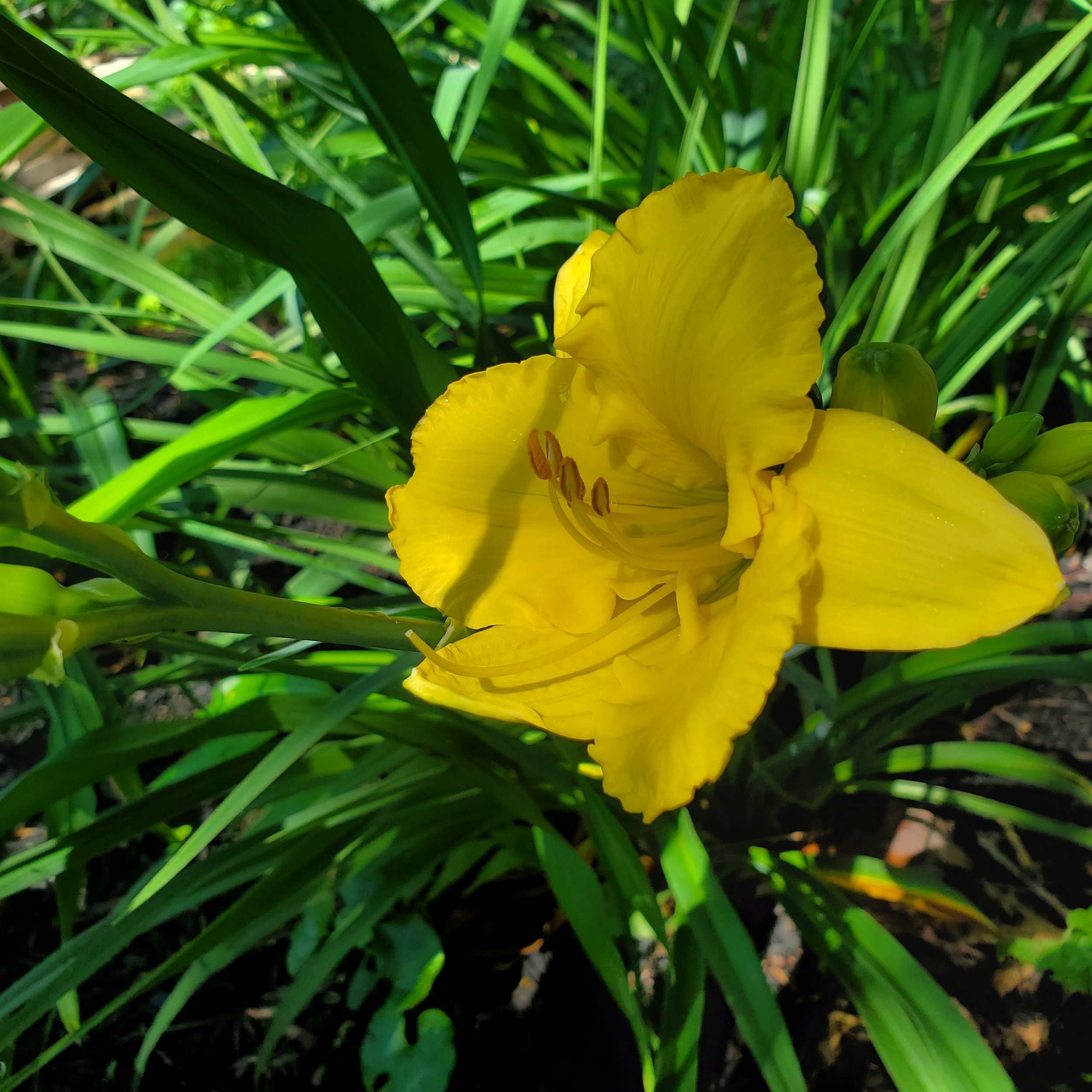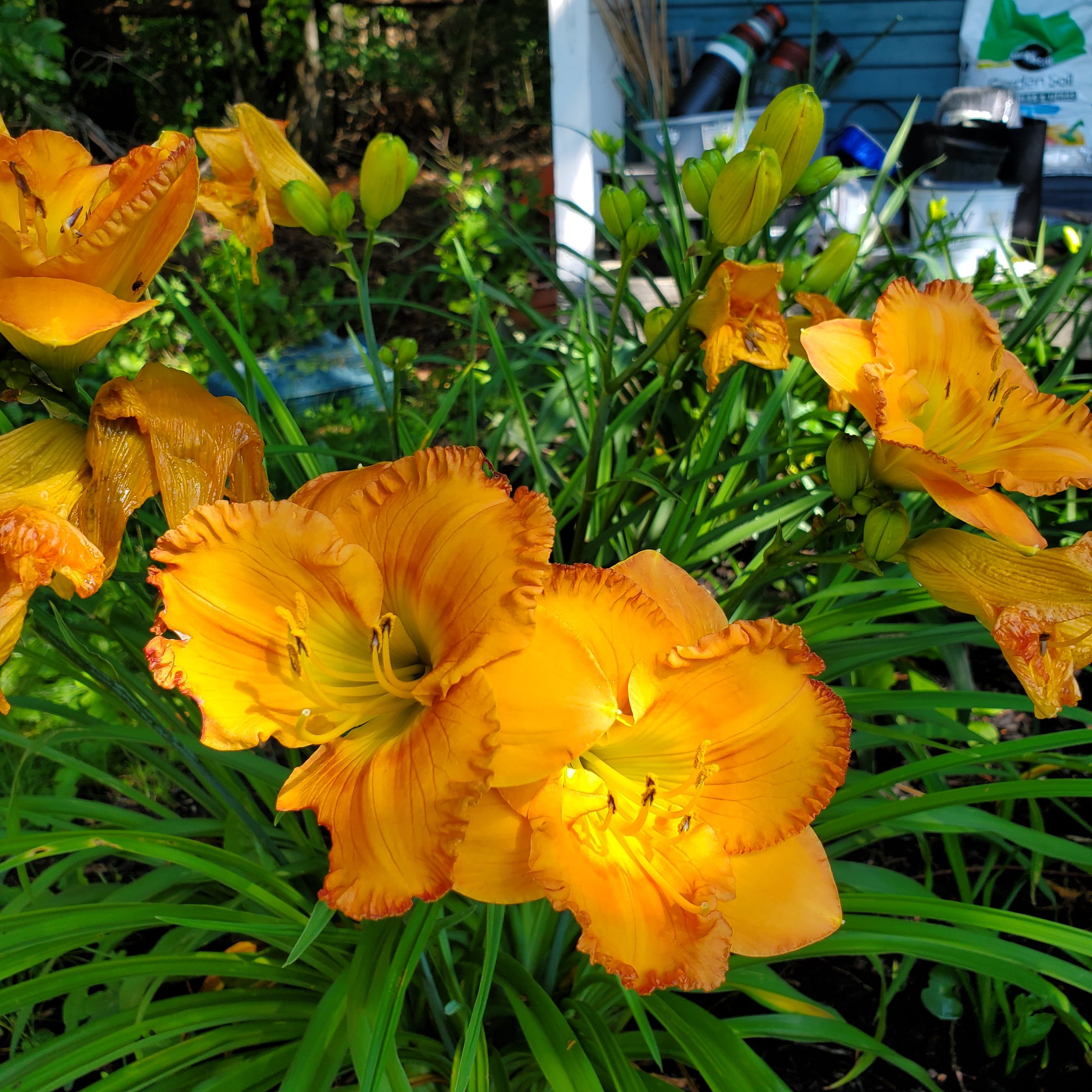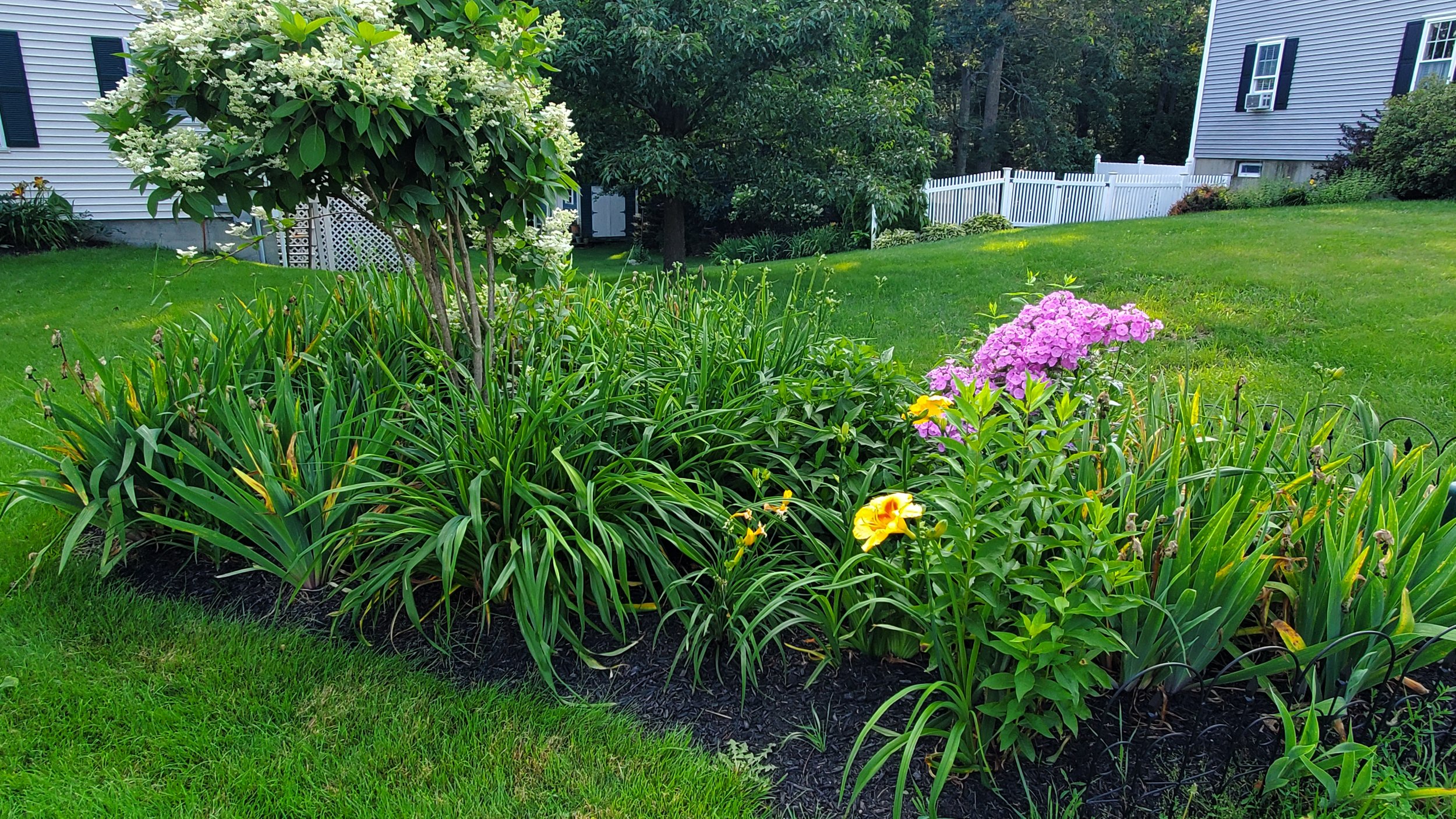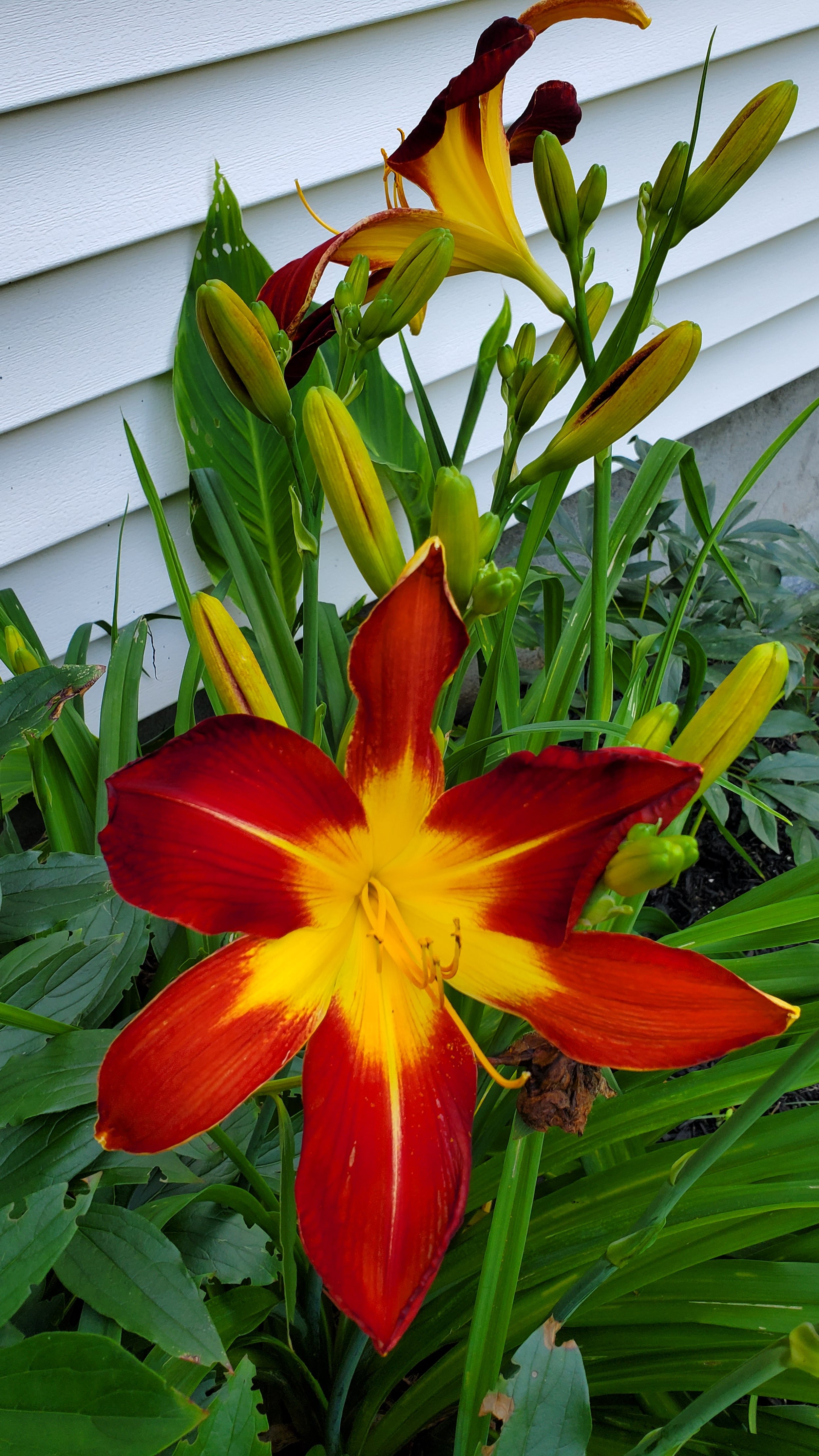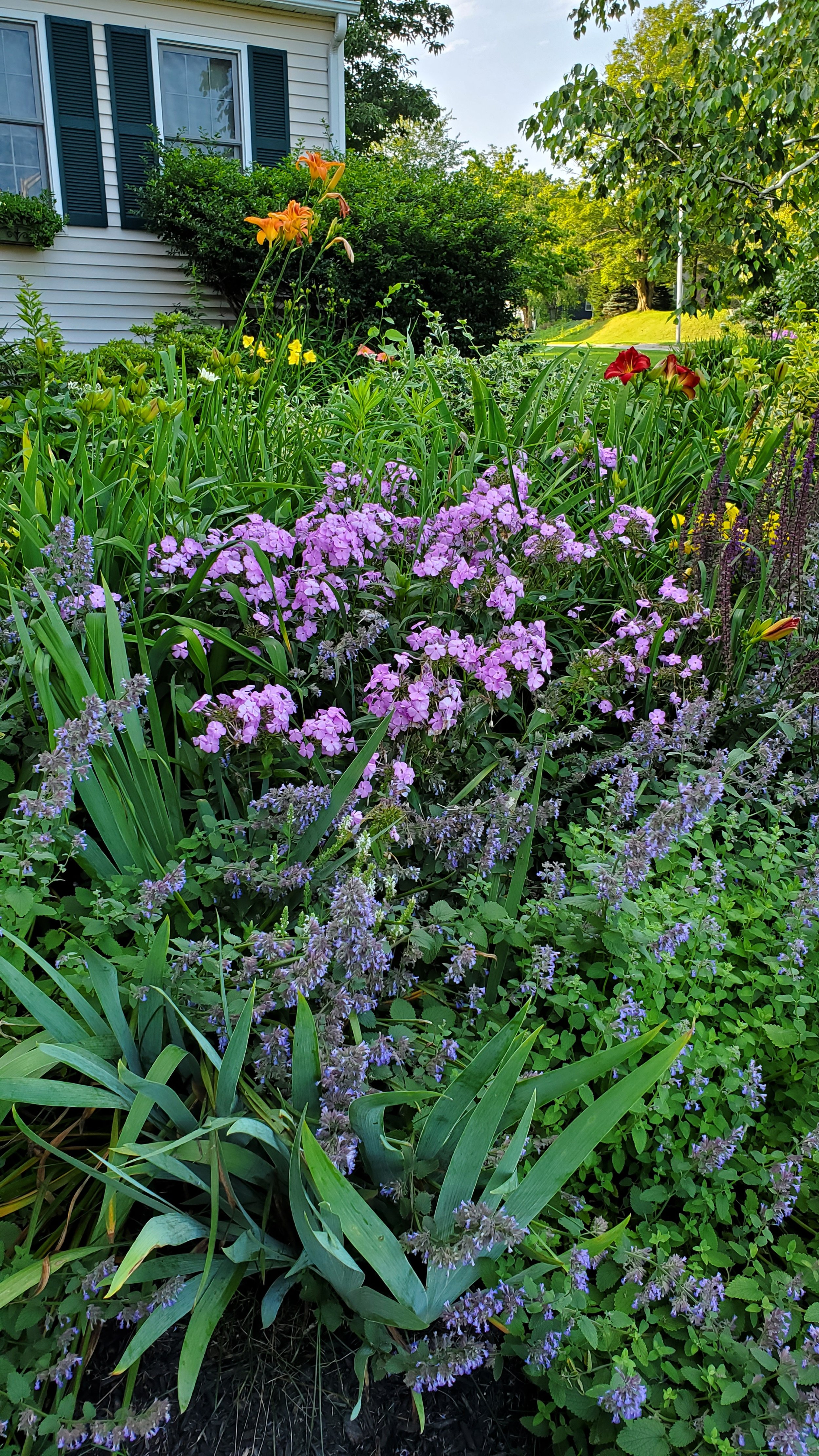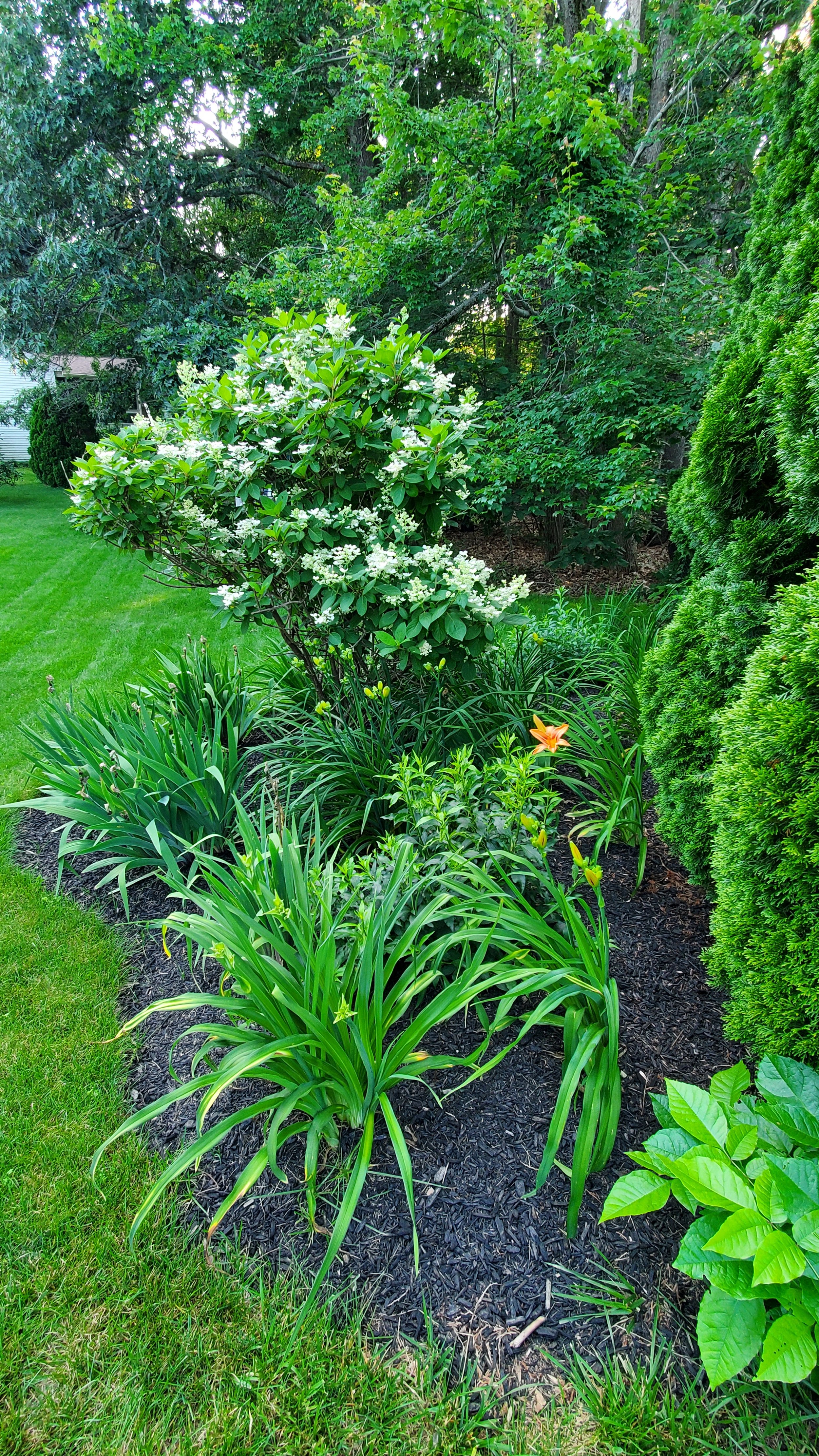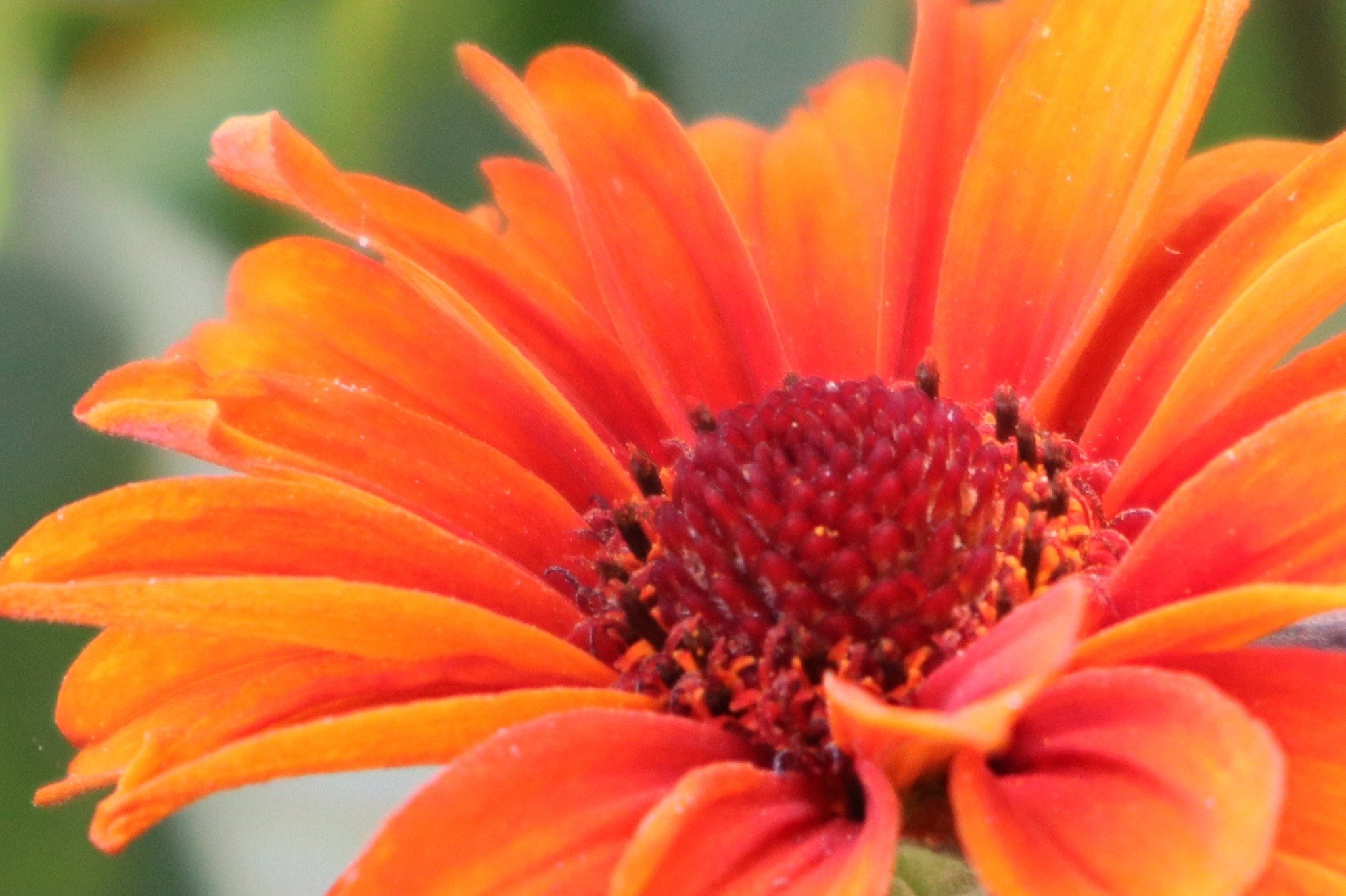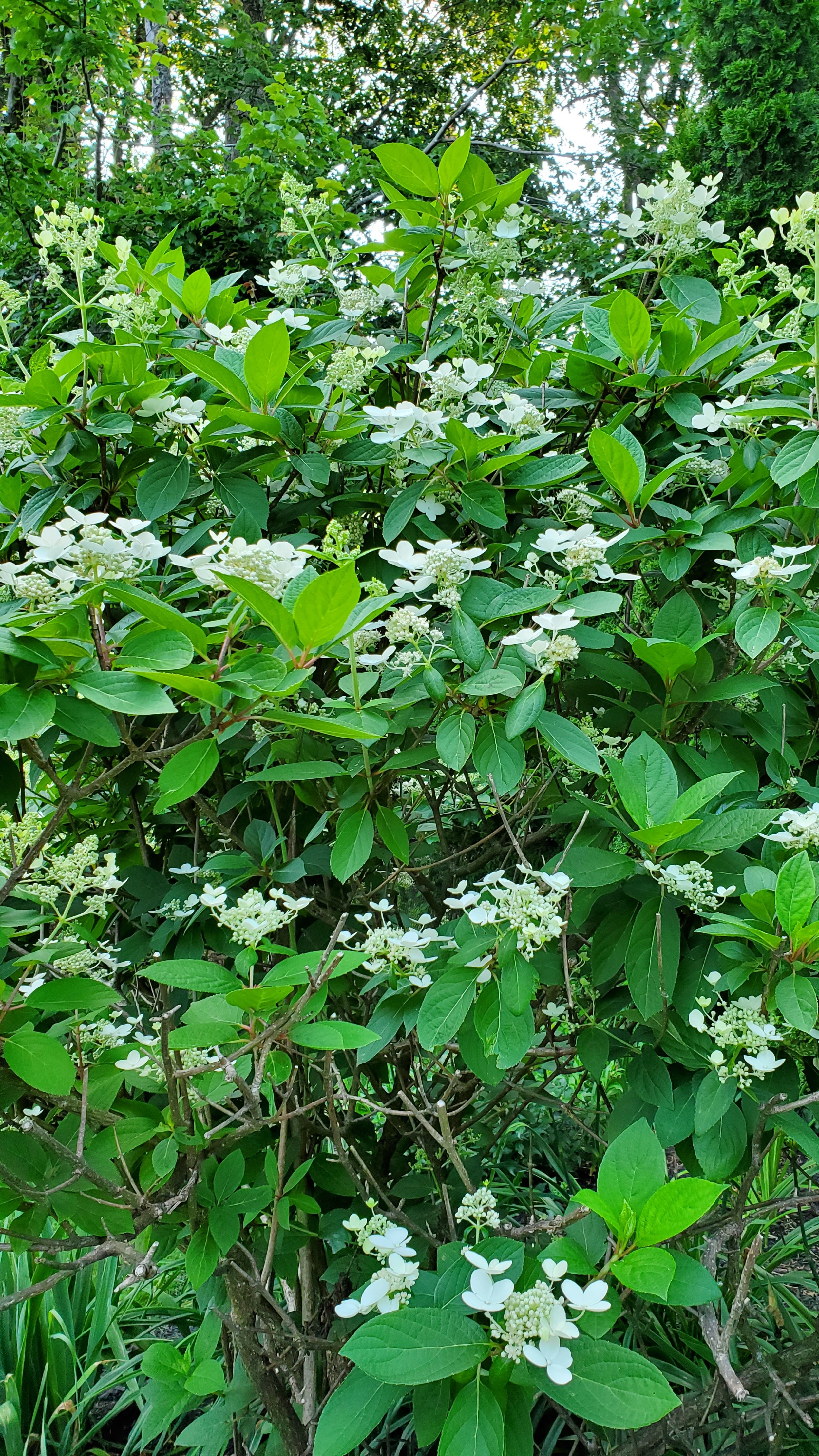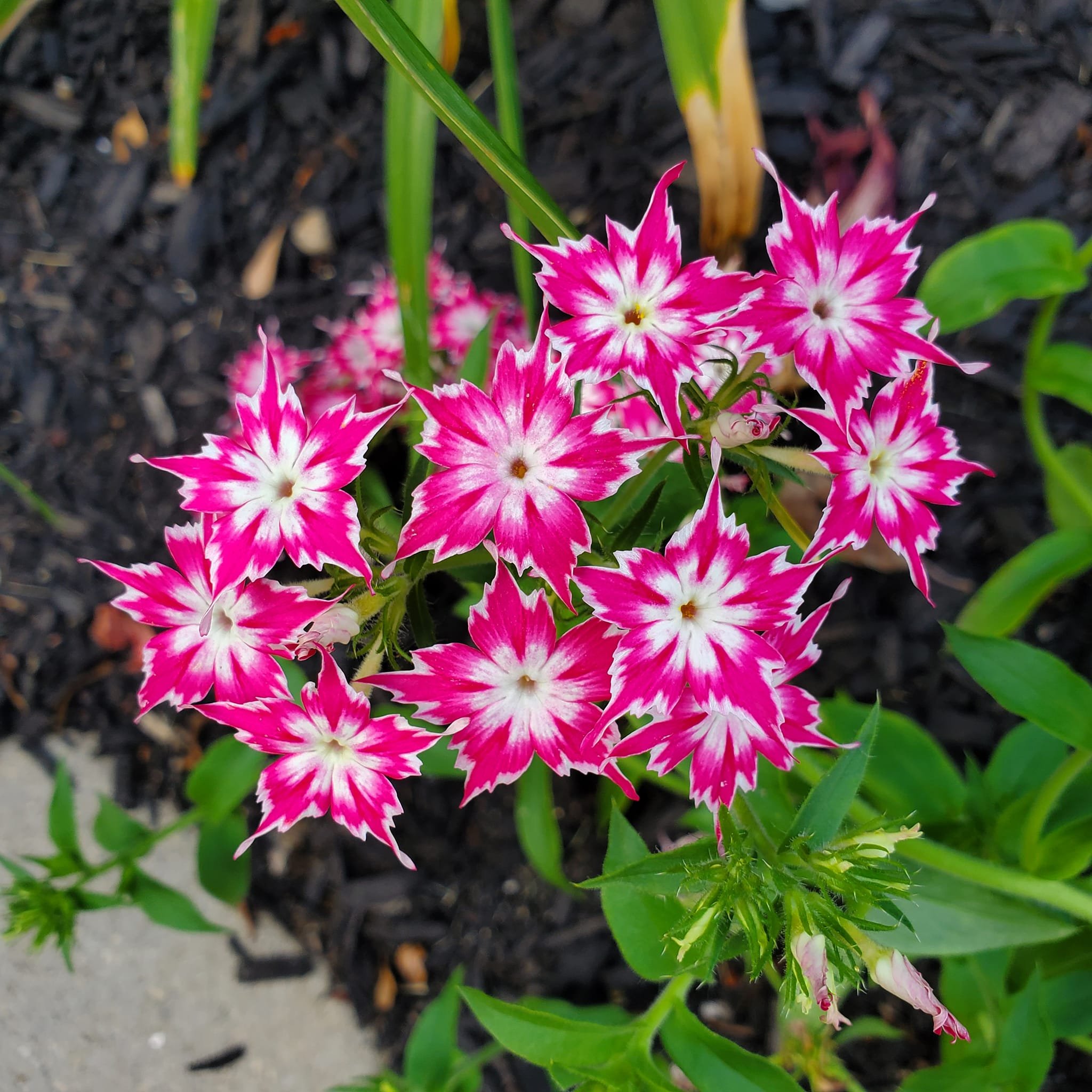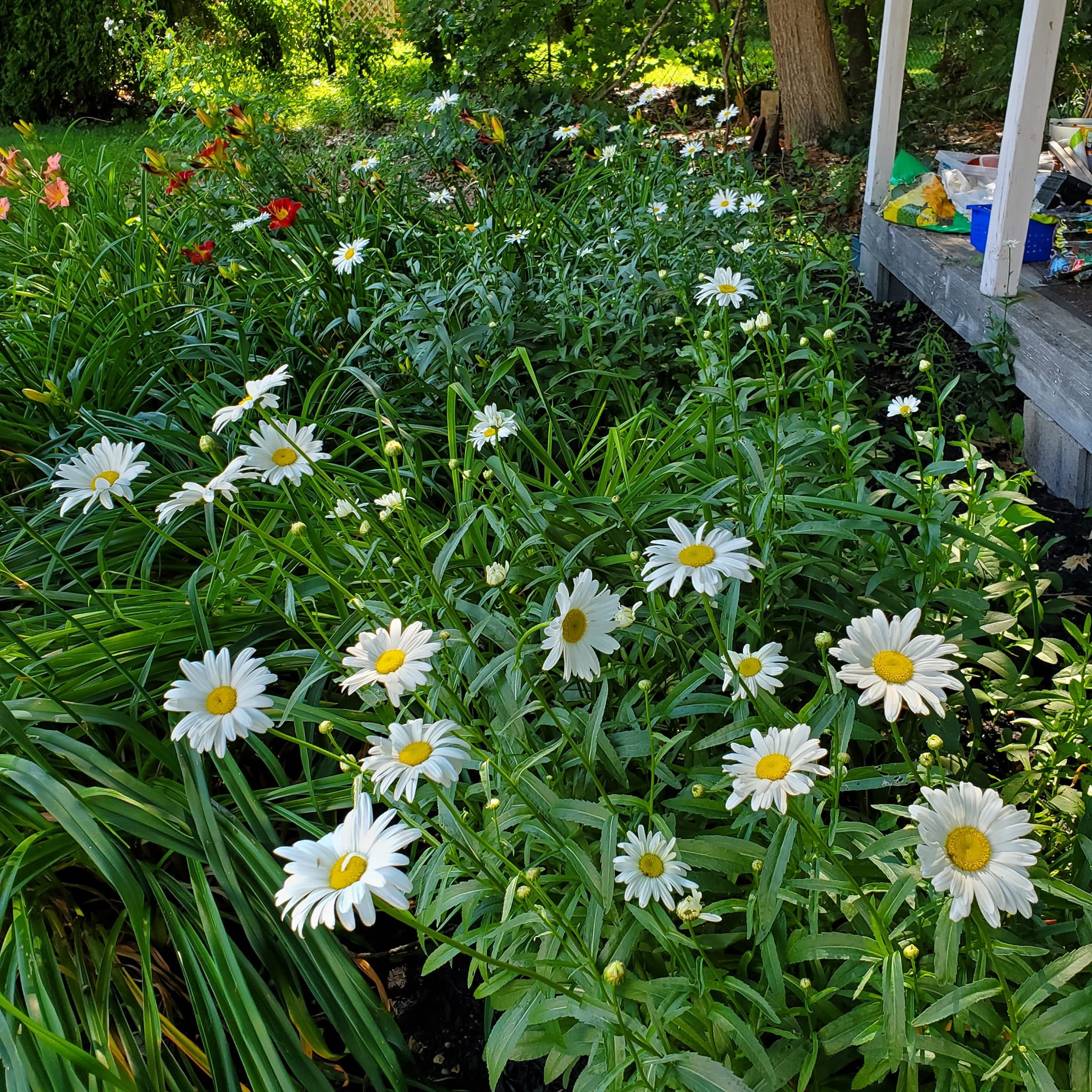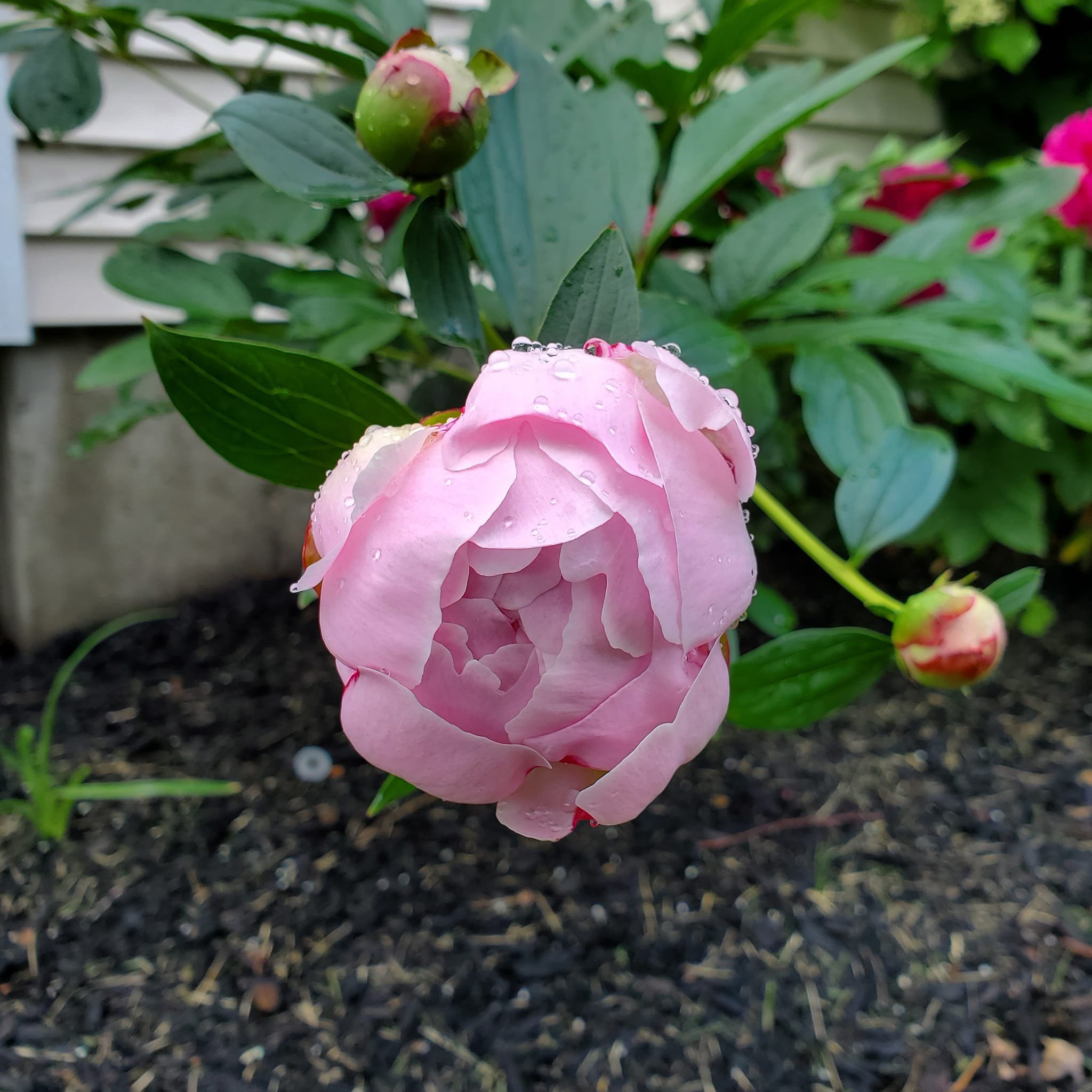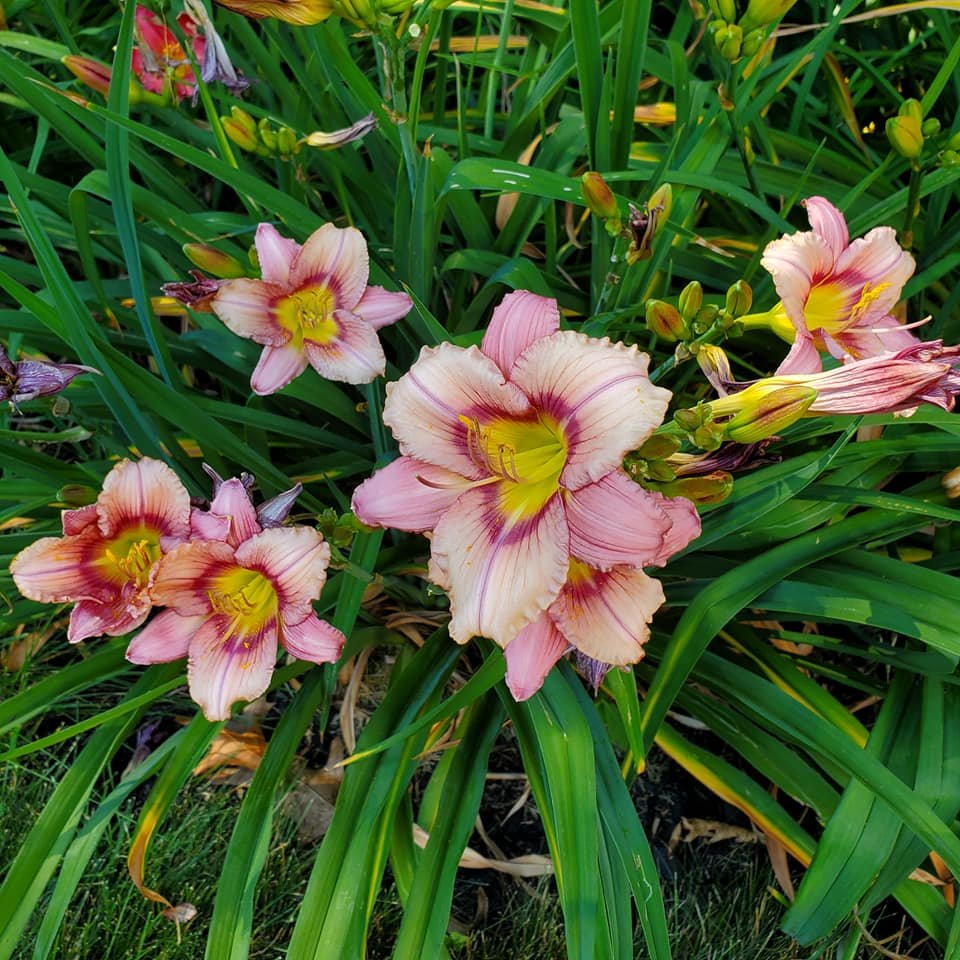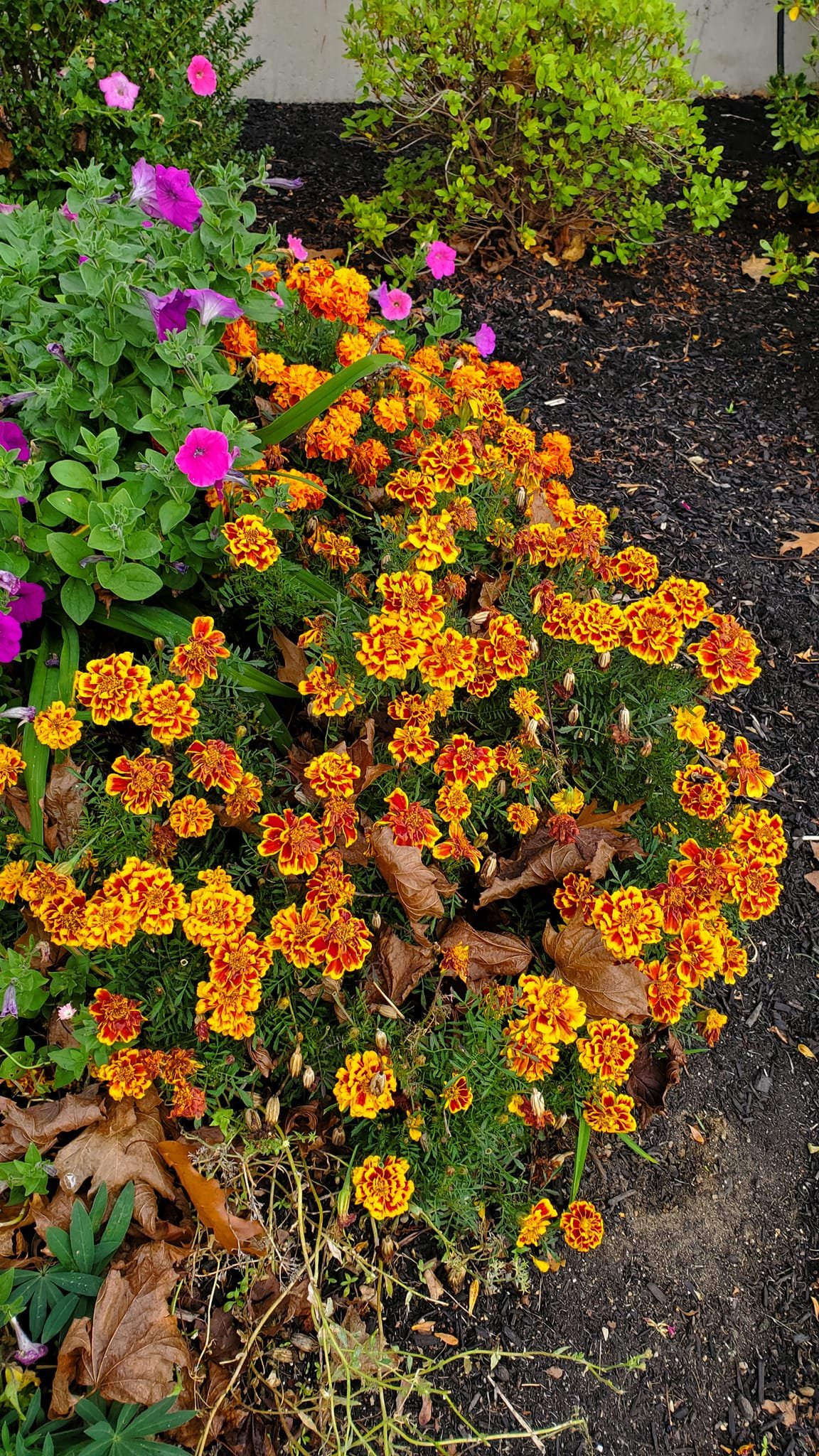Gardening for the Soul…
Here I am, in my small corner of the world, smack-dab in the middle of Massachusetts. This five-part blog series is for anyone who finds nature feeds their soul and for whom may want to learn a bit more about setting up vegetable, fruit, and flower gardens.
My experience: I’ve been obsessing over flower gardens for fifteen years, my berries/apples for about seven years, and I’m relatively new to vegetables, four years in now (thanks to impulse pandemic gardening). I only know what I know. My background is in science, and I now write novels full-time. The way I garden is only one way. I am no expert, but feel free to glean whatever information you can from my series…
Let’s talk about flowers!
Designing your garden comes with much artistic freedom so let’s begin with the basics.
Let’s start by drawing a map.
Draw your property and label compass directions. Add in tree locations, walkways, and the areas you’d like to have your garden beds. Do you want flowers lining a walkway, flanking shrubs, climbing a trellis, or bordering the house or a wall/fence? Do you have standalone flower bed options? Don’t forget to determine your planting hardiness zone.
Sun
South-facing gardens get the most sun exposure (“full-sun” flowers) and north-facing the least (“shade” flowers). Morning sun hits the east-facing gardens, and that bright, hot afternoon sun shines upon west-facing gardens (both can have partial to full-sun flowers). Do you have trees or other tall structures? Shade-loving or partial-sun flowers do well beneath them.
Bloom time
Planting flowers that bloom at different times will guarantee lasting colorful gardens through spring, summer, and autumn. Things to consider when choosing your flowers: How long do they bloom for? Do they bloom more than once? Do they need to be dead-headed or pruned?
Color and style
Though I have an organized personality, my gardens are a bright rainbow and have been a trial-and-error project for nearly fifteen years. Purple, white, yellow, and pink dominate my color palette. Do you want an overflowing garden, or do you want it evenly spaced out? I have country-style, standalone flower beds full of flowers, whereas my walkway beds are evenly spaced and mostly symmetrical. What colors do you want in your garden—vibrant or subdued? Do the blooms change color over time (my Pee Gee hydrangeas go from white to soft pink to rusty pink)? Consider spacing, patterns, shapes, textures and foliage. What will your garden look like in winter? Plant evergreens for your fourth season: winter. Check out some of my garden arrangements (because they are three-season gardens, only some blooms are shown in the photos).
Height and size
Flower height is important to consider (tall in back/middle/along fences, and shorter in front). If you are lining walkways, how tall is too tall? Fences are a great place to put tall flowers like orange daylilies, tall phlox, sunflowers, delphinium, tall asters etc. Likewise, size matters. Do the plants grow to massive mounds like wave petunias, or gigantic shrubs like hydrangea and euonymus? Are they groundcovers like creeping phlox or thyme? Do they grow slow or fast? Note: some plants may need trellises or supports.
Soil and fertilizer
There is a science to soil and fertilizer. You can even send a sample out to be tested. A mixture of compost, peat, and topsoil works for most beds. Worm, ground beetle, centipede, and spider activity, fungi presence, root spreading, good water drainage, and dark crumbling soil are signs of healthy soil. Don’t forget to add those eggshells and coffee grounds! I feed my flowers twice a year with an 8-8-8 fertilizer (slow release), an acidic fertilizer for the azaleas, hydrangeas, and rhododendron, and monthly I spray them with my favorite “seaweed juice” (Neptune’s Harvest Fish & Seaweed).
A note about annuals
These flowers last one year. In warmer climates they can stay year-round, but typically you plant them each year (whereas perennials get pruned in the spring or fall and come back year after year). I fill in spots in my gardens, porch pots, and window boxes with petunias and marigolds. Geraniums are lovely and can “winter” inside. I also have tropical plants like mandevilla and hibiscus in pots.
What flowers bedazzle my gardens?
I’ve lost track of all the flowers I’ve planted. Here are some currently in my flower beds, pots, or boxes: Asters, astilbe, azalea, black-eyed (and red-eyed) Susan, bleeding heart, canna lily, catmint, coneflower, creeping phlox, coral bells, daffodil, daylily (about 12 variations), euonymus, geranium, holly, hydrangea (pee gee and creeping), iris (a variety), lady’s mantle, marigold, peonies, petunia, phlox (tall), primrose, rhododendron, sage, salvia, Shasta daisy…and more I can’t remember.
Now for a fun fact!
Did you know there are 10,000 daylily species? My favorite failure: lupine. They just don’t like my soil as much as I like them!
Final Tips…
· Keep plants of similar irrigation/soil needs together.
· Not sure what to plant? Ask at your local nursery. Plant nurseries in your area typically only carry flowers suitable for your region.
· Let the tags guide you… Most plants come with a small tag indicating sun/shade, height, bloom time, and other pertinent details.
· Don’t forget to plant flowers that attract pollinators.
Have specific gardening questions? Drop me an email through my website contact form. Join me next time to talk about vegetable harvests and fall pruning/planting.
More in the series:
Part 1 (June): Setting up Vegetable Gardens
Part 3 (August): Fruit Extravaganza (berries and apples, oh my!)
Part 4 (September): Harvesting your Veggies & Planting for Late/Second Harvests
Part 5 (October): Pruning Your Perennials and Preparing For Winter (veggies & flowers)



